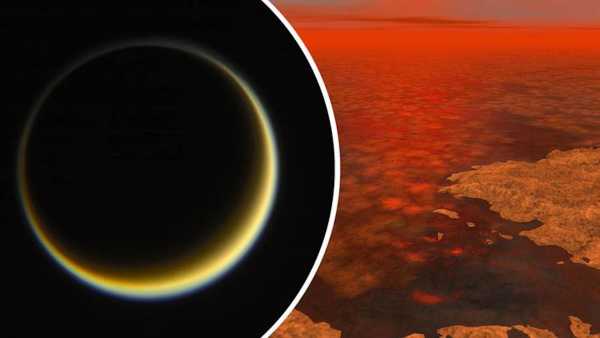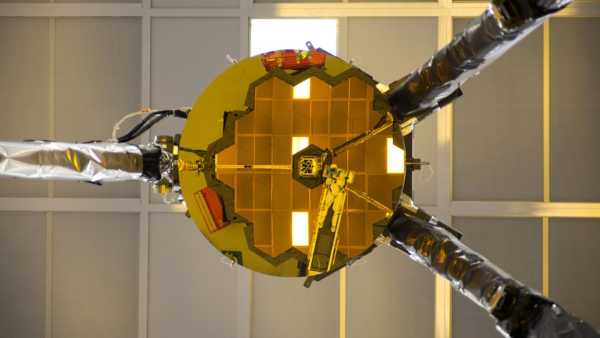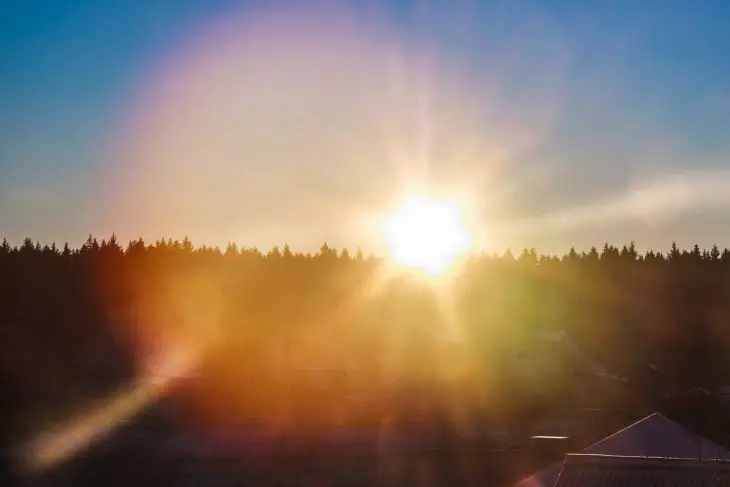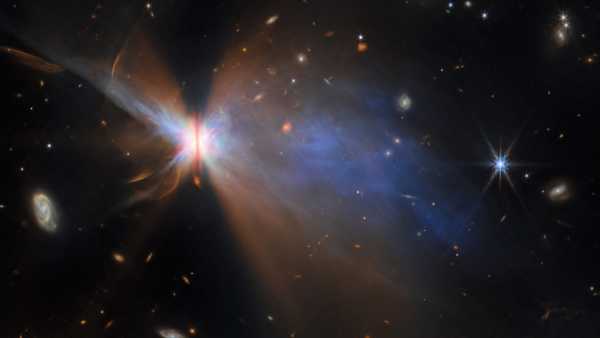
The star's protoplanetary disk shines like a butterfly in a new image from JWST (Image credit: ESA/Webb, NASA & CSA, M. Villenave et al.) KEY FACTS
Object: Protoplanetary disk surrounding a star.
Location: 525 light years from Earth, constellation Taurus.
Publication date: August 29, 2025
This stunning image from the James Webb Space Observatory (JWST) shows a star surrounded by a massive disk of gas and dust. This is a protoplanetary disk – a structure of dense gas and dust that forms around young stars where planets are born.
IRAS 04302+2247, also known as the “Butterfly Star,” gets its nickname from the way the nebula appears to split into two parts when viewed from the side.
The system is located in the Taurus star-forming region (the Taurus Molecular Cloud), the closest region to the Solar System, rich in molecular hydrogen, dust particles, and heavy elements left over from ancient supernovae. These components serve as building blocks for new celestial bodies.
YOU WILL BE INTERESTED
-
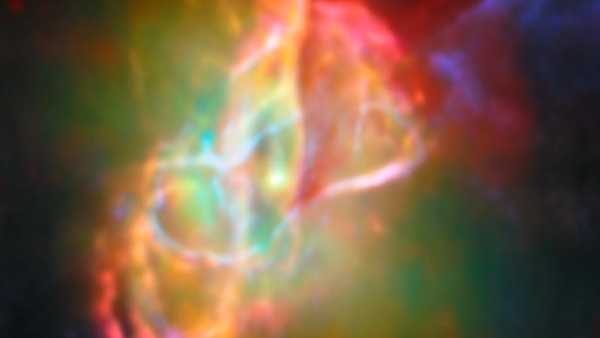
Butterfly Nebula Spreads Its Wings in Stunning New James Webb Telescope Image
-

Astronomers Record Birth of Planet in Dust Cloud of Sun-Like Star: Space Image of the Week
-
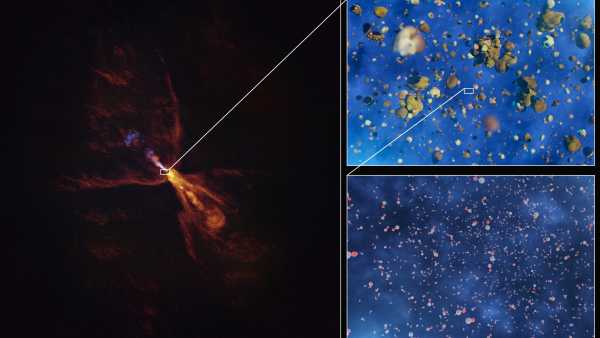
Scientists witnessed the formation of an alien planetary system in real time
The region is mostly inaccessible to optical instruments, but is clearly visible in the infrared spectrum. The image combines archival optical data from the Hubble Space Telescope with new infrared observations made by the Near Infrared Camera and the MIRI instrument on the JWST observatory, according to a description from the European Space Agency.
The MIRI instrument has discovered a dark dust lane – a protoplanetary disk that divides the nebula. This disk blocks the starlight, and the surrounding gas and dust structures scatter it. According to ESA, its diameter is about 65 billion km, which is many times larger than the scale of the solar system.
ADDITIONAL SPACE IMAGES
— The first image of the Earth from the lunar surface, taken 59 years ago.
— The Solar System's Largest Canyon Reveals New Secrets
— A giant X-shaped light structure appeared over Chile.
The viewing angle determines what data astronomers can extract from such images. When observing protoplanetary disks from the front, rings or gaps where planets are forming are sometimes visible. Sideways viewing allows one to analyze the disk thickness and dust distribution, which is critical for understanding planet formation. In this case, dust is concentrated closer to the central plane, creating conditions for the formation of planetesimals.
The image comes from a study published last year in The Astrophysical Journal that found changes in the nebula's brightness that suggest the inner disk may be warping, offering insight into the processes that may have shaped our solar system billions of years ago.
More amazing space images are available in our Space Photo of the Week archive.
TAGS space photo of the week James Webb Space Telescope

Jamie Carter, Social Media, Live Science Contributor
Jamie Carter is a freelance journalist and regular Live Science contributor based in Cardiff, UK. He is the author of The Beginner's Guide to the Stars and an astronomy and science teacher. His work has appeared in Space.com, TechRadar.com, Forbes Science, BBC Wildlife and elsewhere. He is the editor of WhenIsTheNextEclipse.com.
Please verify your name before posting a comment.
Please sign in again to customize your display name.
Exit Read more
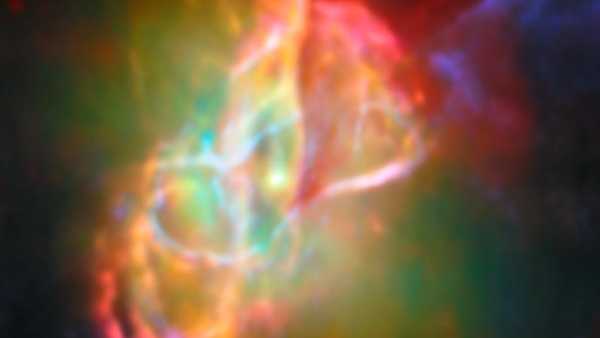
Butterfly Nebula Spreads Its Wings in Stunning New James Webb Telescope Image
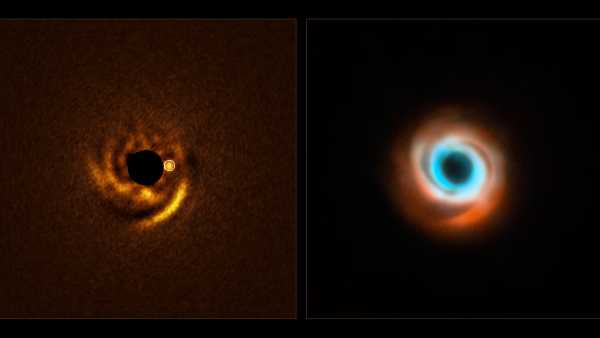
Astronomers Record Birth of Planet in Dust Cloud of Sun-Like Star: Space Image of the Week
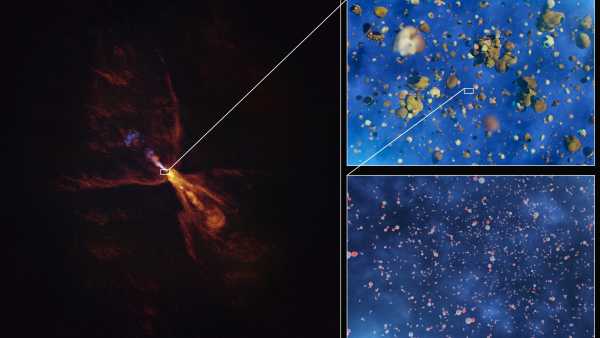
Scientists witnessed the formation of an alien planetary system in real time
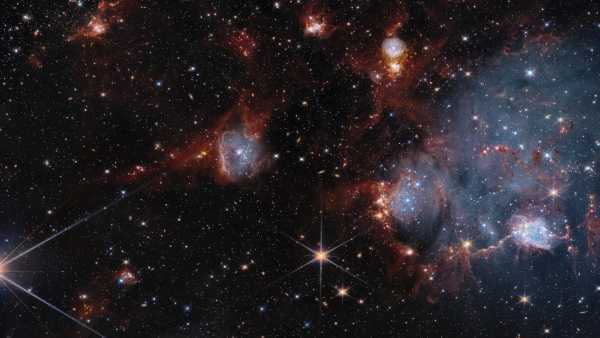
James Webb and Hubble Telescopes Collaborate to Explore Cosmic Incubator: Photo of the Week from Space

James Webb Space Telescope Finds First Saturn-Sized 'Shepherd' Planet That Preserves Formation Heat
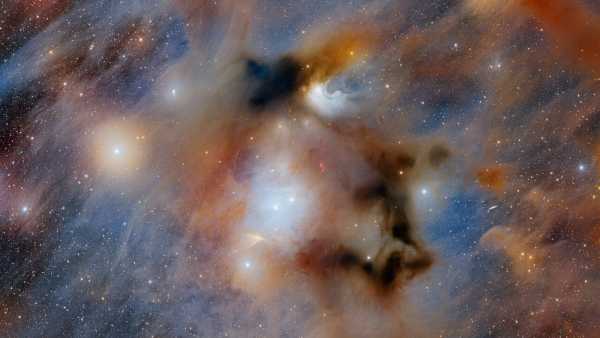
Mysterious “Chameleon” Hides Stellar Secrets: Photo of the Week from Space
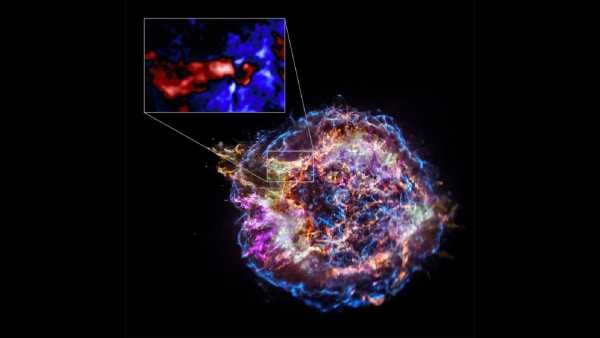
Scientists discover anomaly in the core of famous supernova
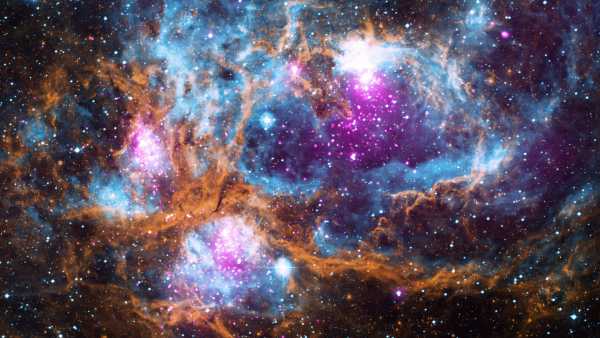
James Webb Space Telescope Finds Anomalous Disk That Challenges Planet Formation Theories
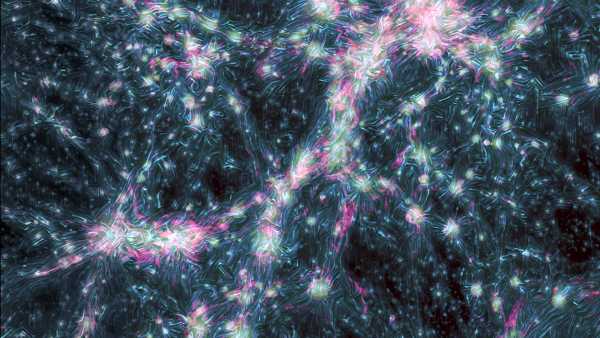
The Universe's First Magnetic Fields Resembled the Structure of the Brain and Are Stored in a “Cosmic Web”
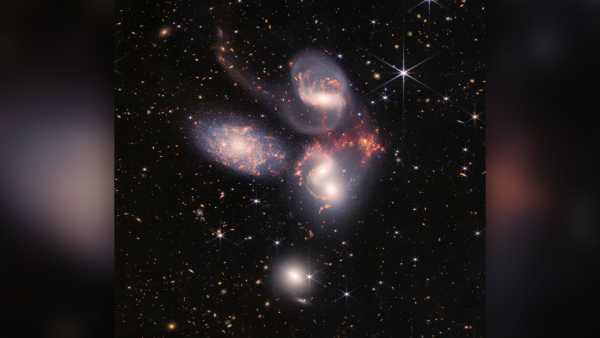
James Webb Telescope Captures Rare Collision of Five Galaxies in the Early Universe
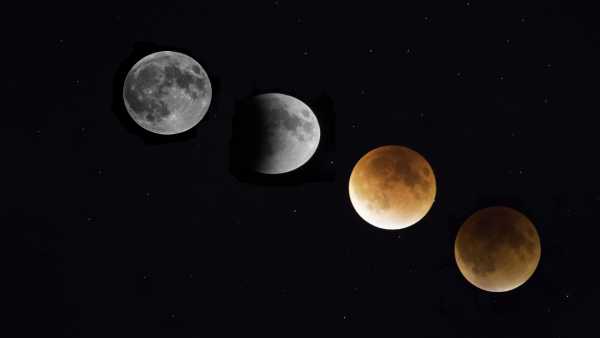
Where can you see the total lunar eclipse “blood moon” this weekend?
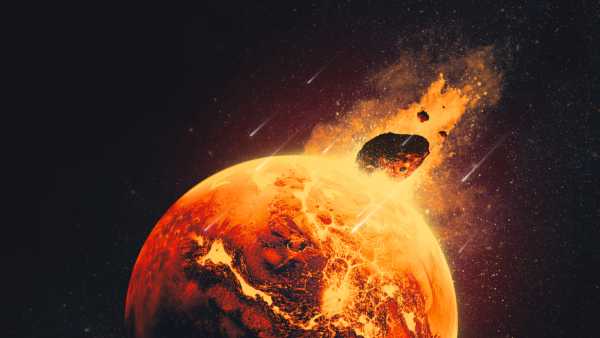
Dozens of Anomalous Objects Inside Mars May Be Remnants of 'Failed Planets'

Kneeling Bull: 5,000-Year-Old Hybrid Artifact From Iran With Mysterious Purpose
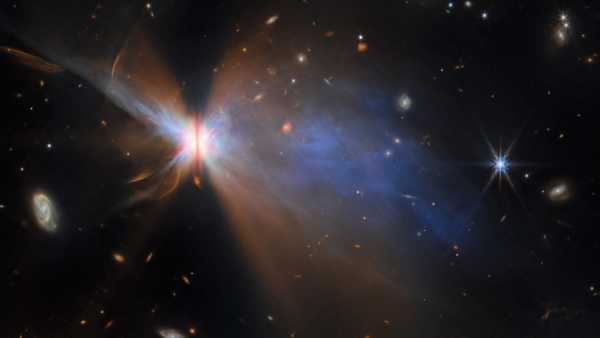
James Webb Space Telescope Spots Deformed 'Butterfly Star' in Transformation – Photo of the Week from Space

Is it true that human and chimpanzee DNA are 99% identical?
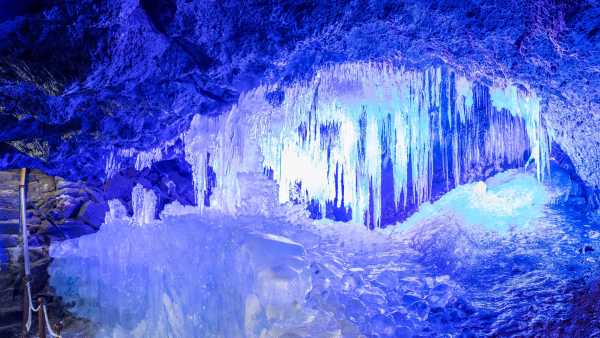
Narusawa Ice Cave: A Lava Tunnel with Ice Columns at the Foot of Mount Fuji
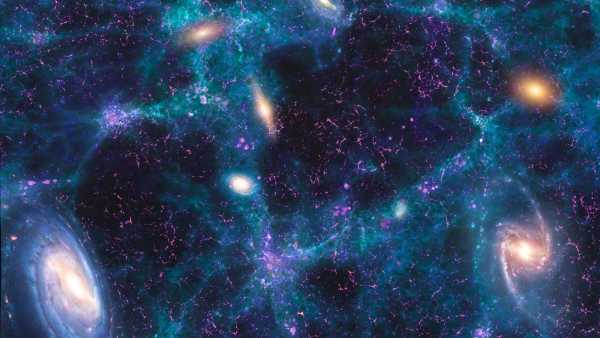
Why does the universe exist?
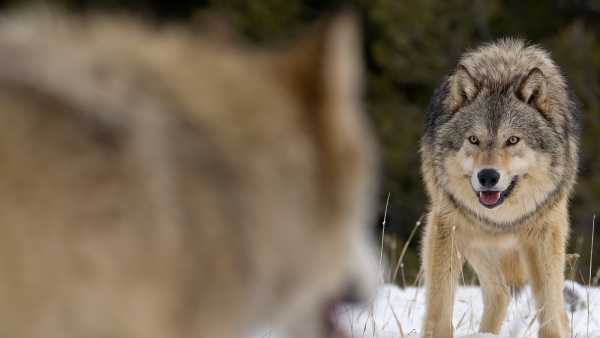
Do Alpha Males Exist? LATEST POSTS

1Kneeling Bull: 5,000-Year-Old Hybrid Artifact From Iran With Mysterious Purpose
Live Science magazine is part of the international media group Future US Inc. Visit our corporate website.
- About Us
- Experts contacts
- Terms of Use
- Privacy Policy
- Cookie settings
- Availability
- Advertising opportunities
- Web Notifications
- Career
- Editorial Standards
- Suggest material
© Future US, Inc. 7th Floor, 130 West 42nd Street, New York, NY 10036.
var dfp_config = { “site_platform”: “vanilla”, “keywords”: “type-regular,serversidehawk,videoarticle,van-enable-adviser-
Sourse: www.livescience.com


